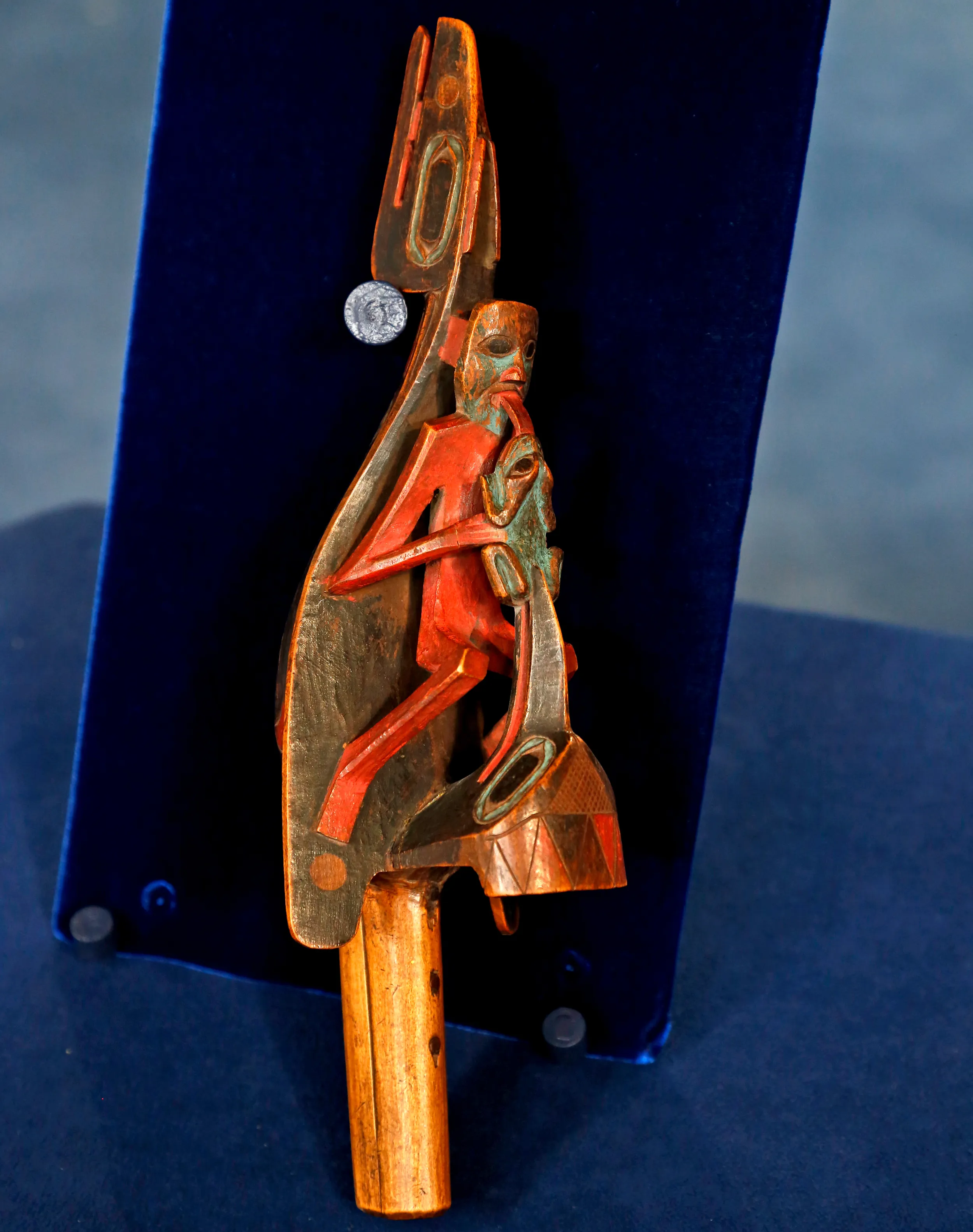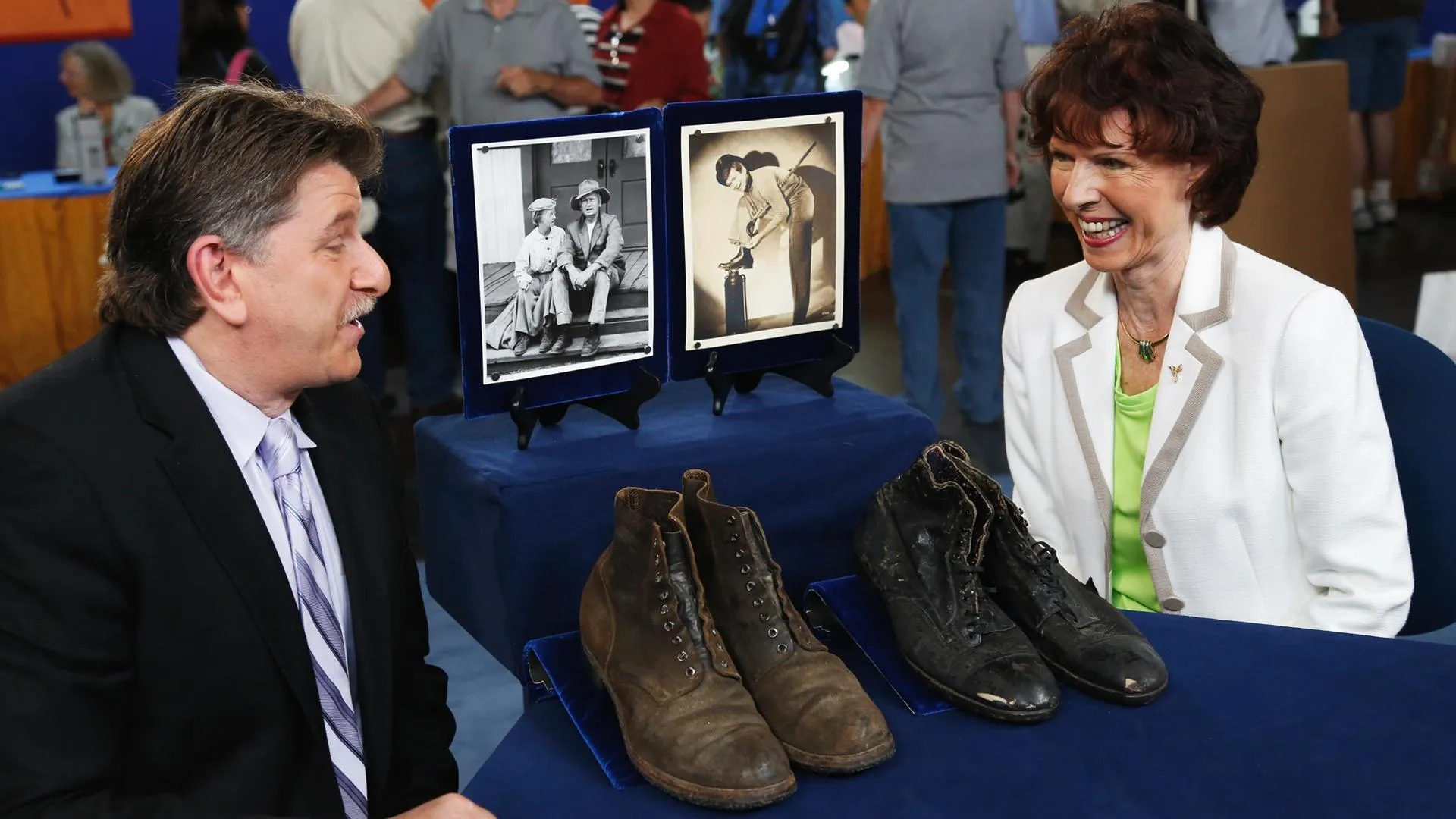Late 19th-Century Tlingit Raven Rattle

$30,000 Auction
$45,000 Insurance
Photos

Featured In

episode
Anaheim, Hour 2 (2014)
Mark L. Walberg and appraiser Richard Johnston discuss vintage Rickenbacker guitars.
Understanding Our Appraisals
Placeholder
ANTIQUES ROADSHOW'S Season 29 tour is underway! See where we're going

$30,000 Auction
$45,000 Insurance


episode
Mark L. Walberg and appraiser Richard Johnston discuss vintage Rickenbacker guitars.
Placeholder
A weekly collection of previews, videos, articles, interviews, and more!
Funding for ANTIQUES ROADSHOW is provided by Ancestry and American Cruise Lines. Additional funding is provided by public television viewers.
ANTIQUES ROADSHOW is a trademark of the BBC and is produced for PBS by GBH under license from BBC, Worldwide. PBS is a 501(c)(3) not-for-profit organization.
A weekly collection of previews, videos, articles, interviews, and more!